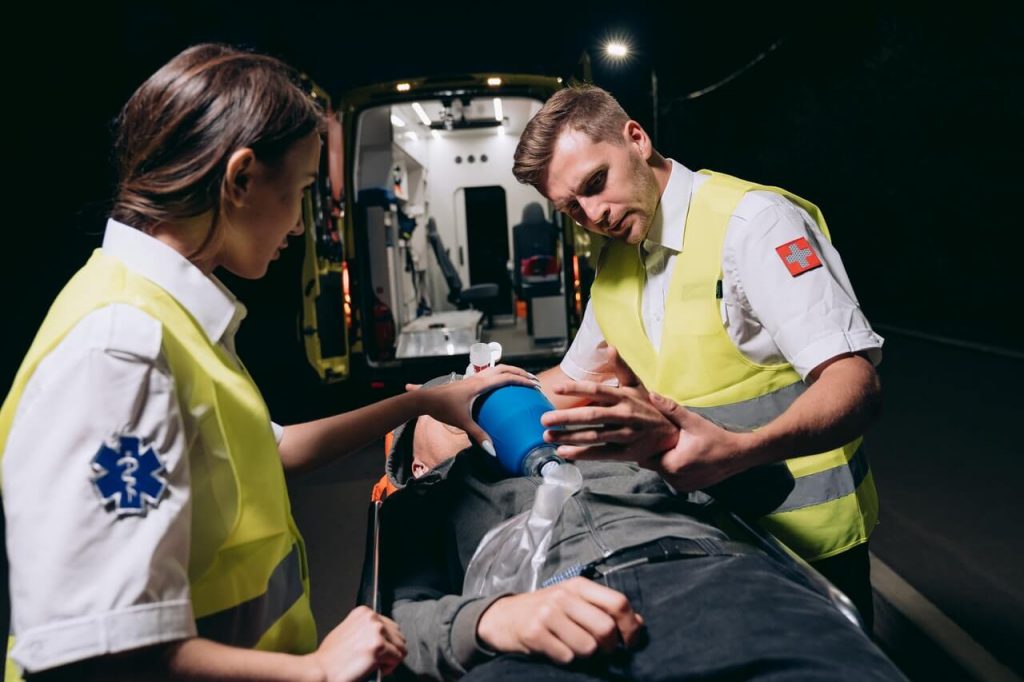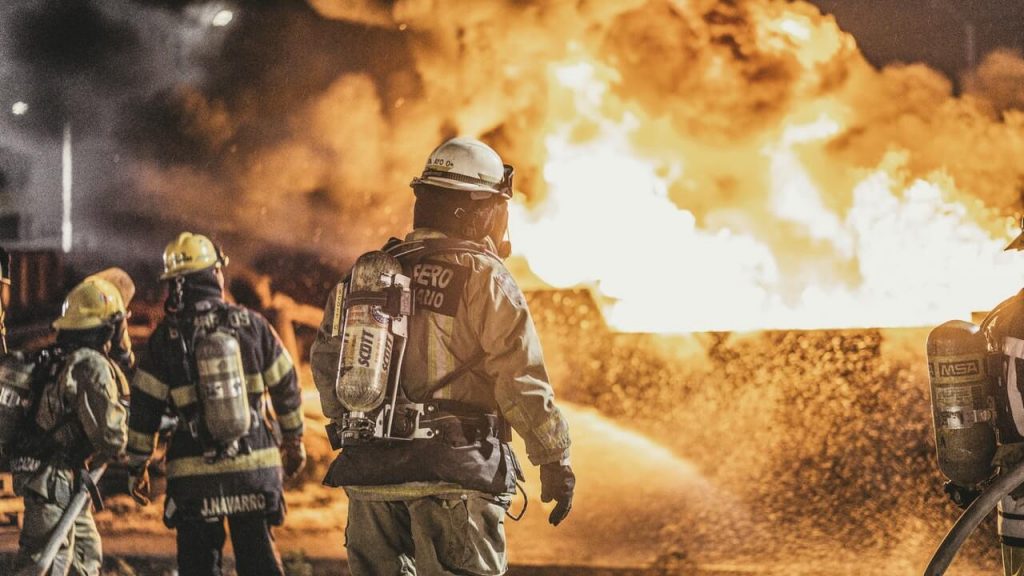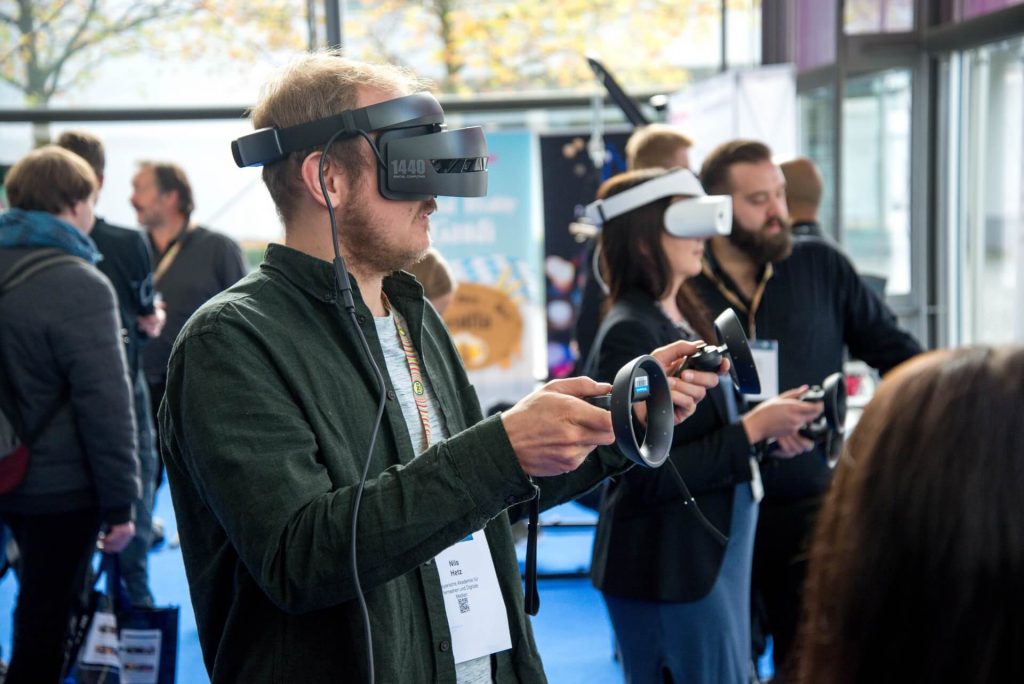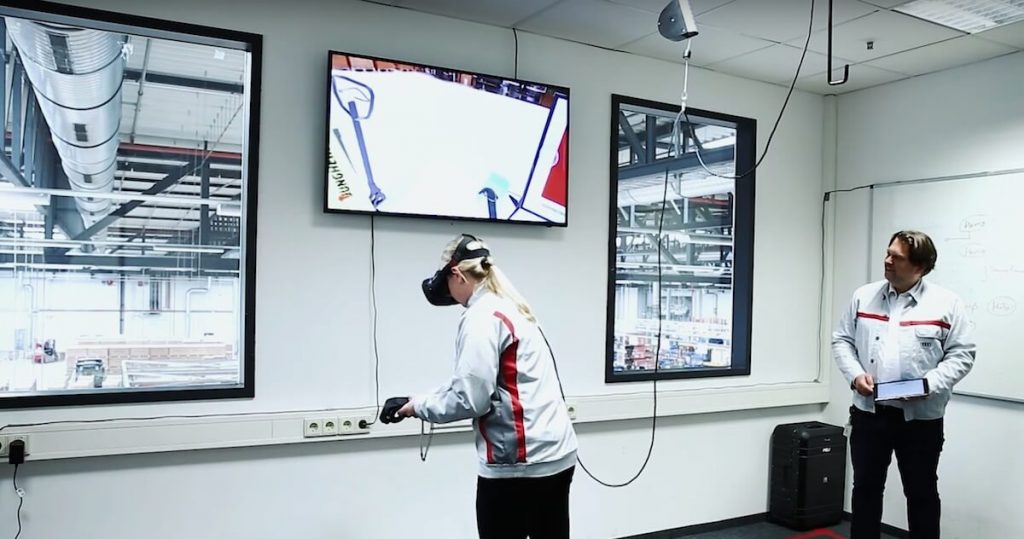Virtual reality is being used more in more for training first responders. First responders, law enforcement officers, firefighters, paramedics, and emergency medical service (EMS) staff, emergency managers, security workers, military personnel, and others are exposed on a daily basis to extreme stressors. Utilizing VR technologies for first responders maximizes their training and exposure to various environments and scenarios, as well as contributes to the development of stress management capabilities. Such improved skills are invaluable for performing under extreme conditions and saving lives.
Importance to exposure to stress
For first responders, exposure to stress is inherent in their roles and tasks. It can have an immediate effect on their physical reaction, such as freezing. Such negative performance reactions have the potential to be devastating, especially in disaster scenarios.
To combat this effect individualized countermeasures can be used to maintain and ensure quick, adaptive, and effective responses. Successful training requires hands-on learning, evaluation of performance, assessment of quality decision making, and accurate prioritization of tasks and contents.
However, many current training programs do not accurately recreate real-life situations with effective stressors. Without the appropriate level and variance of stressors, negative transfer or the lack of coping mechanisms may occur. This gap might have critical consequences during an emergency leading to an increase in errors resulting in loss of life, reduced effectiveness of the responder, and waste of critical resources.

Using VR to simulate stressful situations for first responders
Virtual reality (VR) allow for more adequate training for first responders. VR is able to accurately simulate a physical environment, which precisely reflects human interactions with an environment. Thus it creates experiences not otherwise possible. It simulates a truer representation of real emergency scenarios with more accurate personalized sensory input coupled with more natural physical interaction with the virtual world. The sensory strength of VR can be leveraged in stress management training by better exposing the trainee to potential disturbances in the emergency scene.
Conclusion
Virtual reality (VR) has been developed over the past decades and has been widely employed in various realms. It is already having a great impact on training first responders. Effective training is a cornerstone of disaster preparedness. Quality, consistency, and frequency of training have been shown to impact the self-perceived disaster readiness of first responder units. VR-based training in disaster preparedness has been increasingly recognized over the past two decades. With easy-to-use VR authoring tools the use of VR in this area will advance even further.





